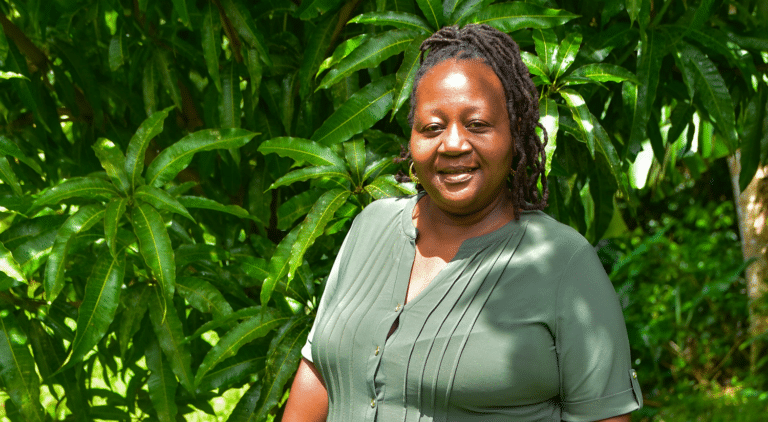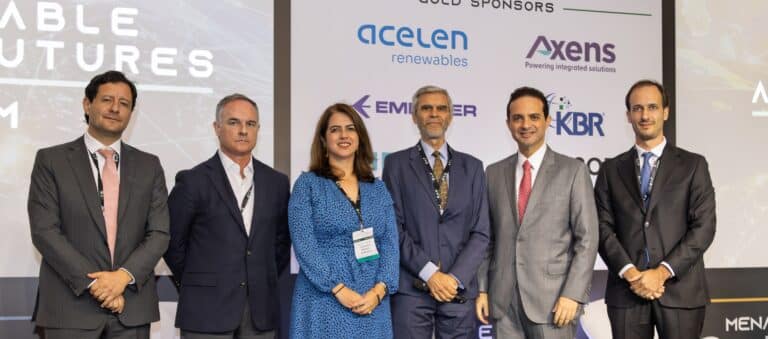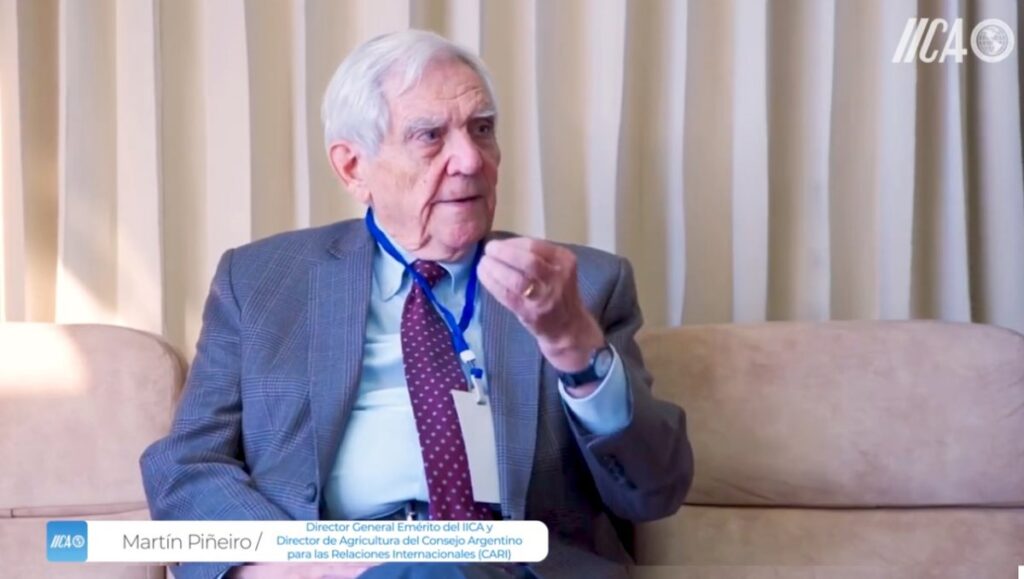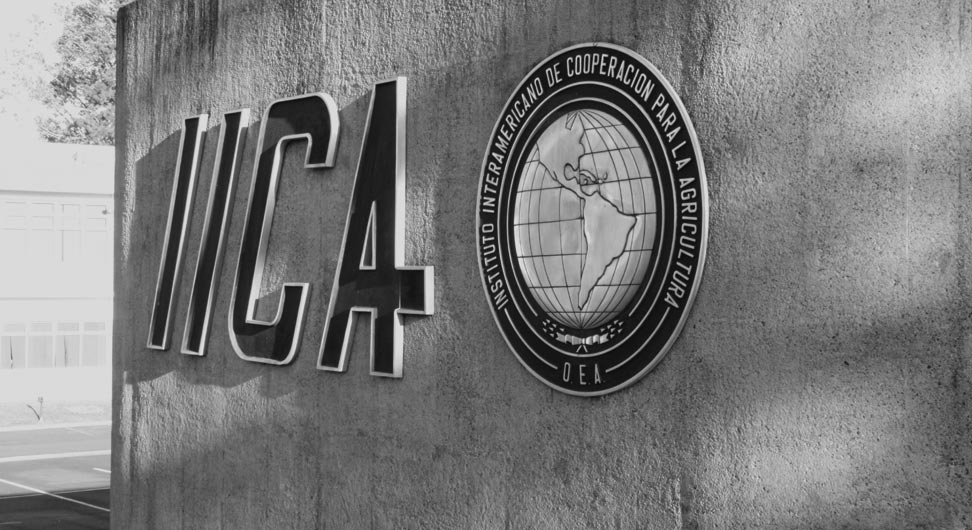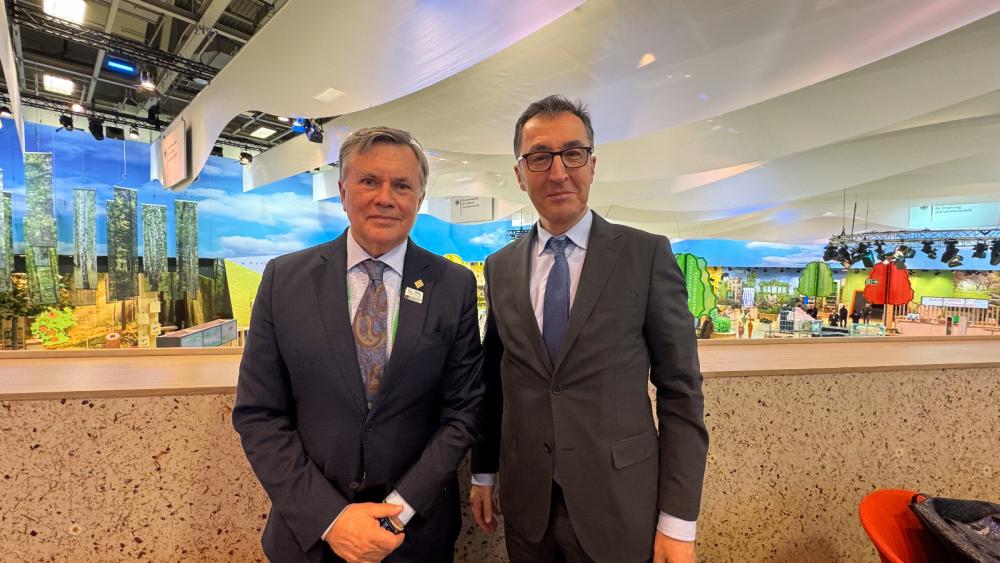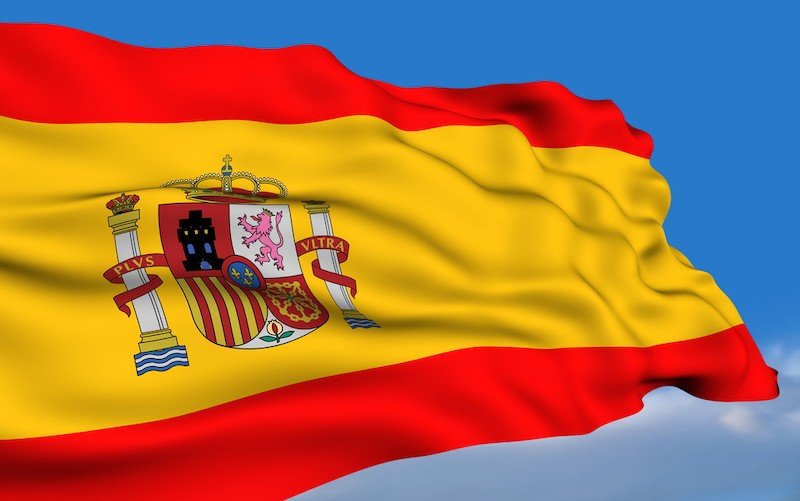At the Voices for Climate forum, held within the framework of the COP 20 in Lima, the Energy and Environment Partnership (EEP) with the Andean Region presented several innovative initiatives. The EEP program is implemented by IICA with funding from the Government of Finland.
Lima, 12 December 2014 (IICA). A forum entitled Thermal Comfort was held at the Voices for Climate fair , an activity organized within the framework of the 20th Conference of the Parties (COP 20) to the United Nations Framework Convention on Climate Change (UNFCCC) to publicize and disseminate information about the various research, development and innovation initiatives implemented in Peru to improve rural dwellings.

The participants in the forum included specialists from the Energy and Environment Partnership (EEP) with the Andean Region, a program of the Inter-American Institute for Cooperation on Agriculture (IICA) that is being carried out with funds from Finland’s Ministry of Foreign Affairs.
The presentations focused on the current situation of rural dwellers and technology-based solutions that could be adopted in public policies designed to promote thermal comfort programs in Peru’s Andean, Amazon and coastal regions.
Sofía Rodriguez Larraín, coordinator of the INTE-PUCP Centro Tierra Group, spoke about the validity of ancestral building knowledge and research on thermal comfort and bioclimatic techniques.
The initial findings of the research project Technology transfer to improve conditions in the high Andes habitat, financed by Concytec and the PUCP, revealed that members of the alpaca breeding community of Orduña, 4600 meters above sea level in Lampa, Puno, use different types of thermal insulation for ceilings, walls, doors and windows and to eliminate damp in floors, including local materials such as alpaca and sheep’s wool, totora (a species of giant bulrush) and straw.
Rafael Espinoza, Director of the CER-UNI, analyzed the study carried out in Huancavelica for the construction of bioclimatic dwellings. The design of the house interiors involves a combination of technologies, such as greenhouses attached to the sides of houses, ceilings with skylights and transparent roofing sheets, that has proven so effective that it could be used for dwellings in other regions.
“We are conducting a study to achieve thermal comfort in dwellings in Iquitos and Piura. Our objective is to make them cooler and therefore more comfortable for the families who live in them,” Espinoza explained.
The EEP supported the presentation of initiatives for the improvement Andean dwellings in the center of the country. Eler Bravo, of Cedepas Centro, gave details of the healthy housing developed for farmers in Junín, which involves the installation of solar heaters for hot water, solar panels for indoor lighting and cámaras calientes (the Trombe wall concept adapted to local conditions) to provide protection against the cold.
“We also install fitotoldos (a simple type of greenhouse) with a drip irrigation system and organic fertilizer production to improve the family diet,” he added.
Robert Álvaro Bobadilla of the José María Arguedas Centro Andino de Educación y Promoción (Cadep) explained the benefits of solar energy for adapting dwellings to the inhospitable climate in the province of Chumbivilcas, Cusco.
“The experience has been used to lobby the local and regional authorities, to acquaint them with the benefits of this kind of technology for the development of the region,” he pointed out.
Finally, Miguel Hadzich, coordinator of the INTE-PUCP Group in Support of the Rural Sector presented the experience “Casa caliente Limpia: K´OÑICHUYAWASI, a technology-based development program that includes a set of appropriate technologies: a hot wall that uses solar energy to heat the dwelling, improved stoves that burn firewood and dung, and a ceiling and window insulation system to protect against frost in the high Andes.
For more information, contact:
nurymar.feldman@iica.int


